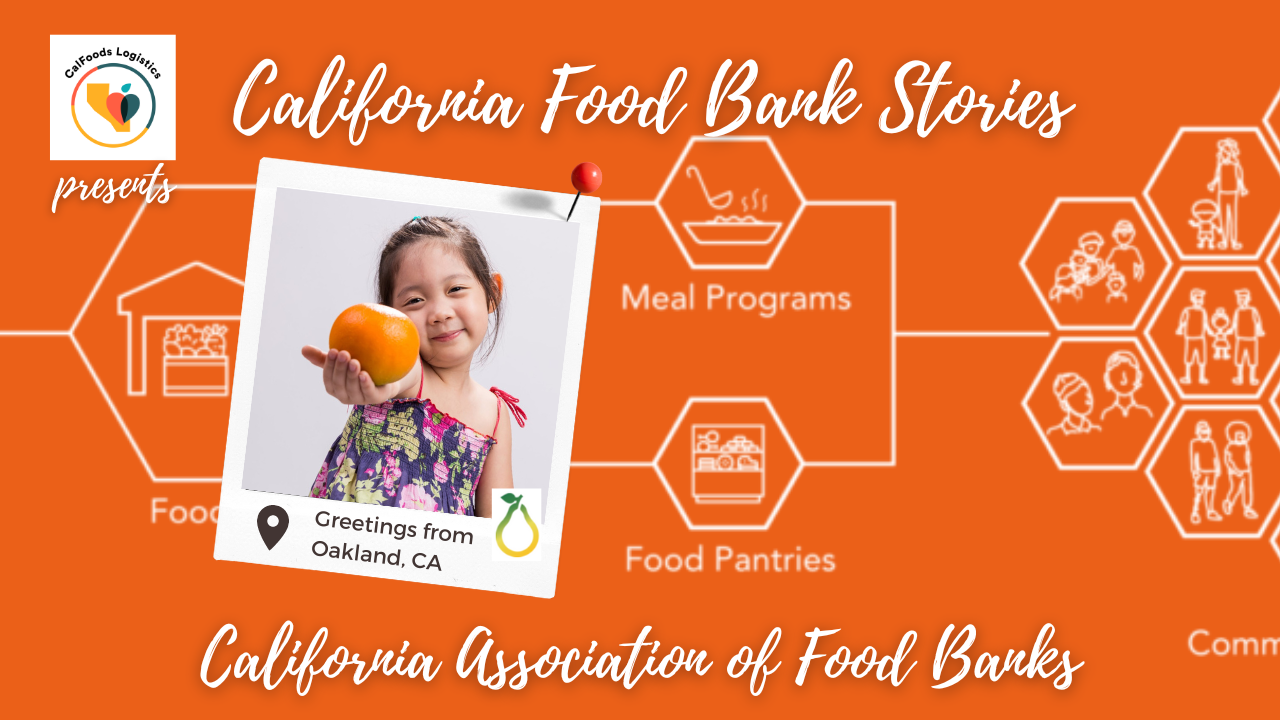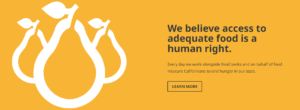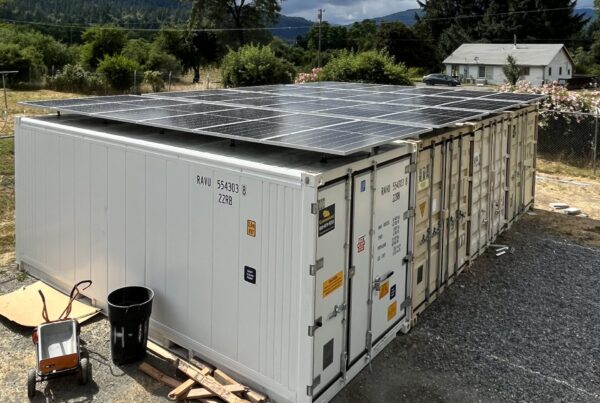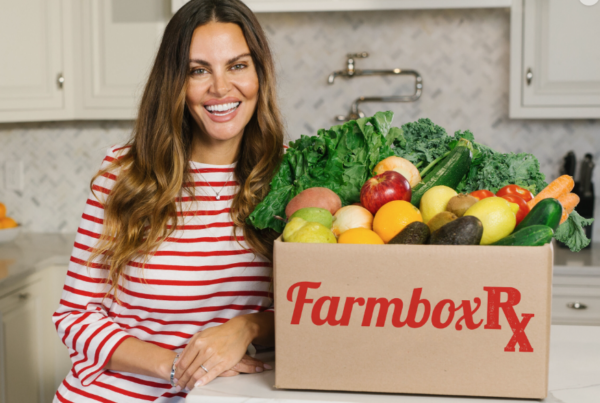A Strong Advocate for California Food Banks
The California Association of Food Banks (CAFB) is an important food bank advocate working behind the scenes for their cause. They lead the collective effort to end hunger in California and represent 41 food banks in the state.
According to CAFB, in 2020, the California Association of Food Banks’ 41 member food banks responded to an unprecedented demand for food by rapidly redesigning their program delivery models in order to safely increase food distribution and adjust to necessary safety measures. Still, food donations and staffing resources were vastly outpaced by increased demand.
What Does the California Association of Food Banks Do?
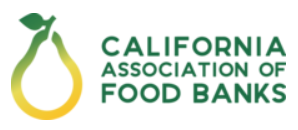
They advocate for the food banks collectively and work hard to ensure that each Californian has the food they need to live a healthy and hunger-free life. They are committed to an equitable food system in California that:
- Provides food to those who need it through our network of member food banks
- Amplifies access to CalFresh, our state’s SNAP / food stamp program
- Builds bridges from fields to food banks by supporting California’s agricultural system
- Improves the social safety net by working for better public policy
Food by the Numbers
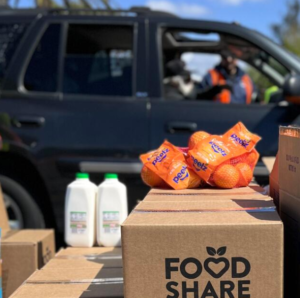
The total food distributed by CAFB member food banks increased by 74% between 2019 and 2020. Direct distribution doubled (101%) between 2019 and 2020. All member food banks provided direct distribution in 2020, including food banks that were not previously providing direct distribution. In one month, CAFB food banks served over 1.5 million households in California – approximately 1.54 million people!
The CAFB network responded to the unprecedented demand for food. Distributing 1.1 billion pounds of food in 2020– that’s about 917 million meals. Because of their food bank network, member food banks were able to respond more quickly than the government. The CAFB 41 member food banks – working in concert with more than 5,000 food distribution partners – played a highly visible role in emergency aid, serving as community lifelines on the frontlines like never before.
CAFB’s 41 member food banks continue to operate at surge capacity and many food banks report serving twice the number of people as they did prior to the pandemic. Food banks are facing the very real prospect of a nearly 50 percent drop-off in federal funding for emergency food, leaving them without a primary source of food while demand remains extremely elevated.
With social distancing and the increase in demand for emergency food, costs surged and models shifted: drive-through and home delivery distributions, typically rare, became core to food banks’ models. About 70 percent of CAFB member food banks expect that their programming and operations will remain changed in some way beyond the pandemic.
Food Bank Networking and Partnerships
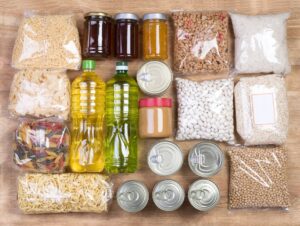
A food bank develops a member agency network of pantries and soup kitchens to increase access to food by meeting people in the communities and places they already are, making it easier for people to get the groceries they need.
Food banking is a complex logistical effort that requires efficiencies at every point along the way – from obtaining donated food to implementing safe handling and storage practices to selecting local charities to help distribute the food.
Food banks receive food from a variety of national and local sources including:
- The USDA’s Food and Nutrition Service provides food banks with almost 2 billion pounds of food annually through The Emergency Food Assistance Program (TEFAP), the Child and Adult Care Food Program (CACFP), and other nutrition programs
- Food banks affiliated with Feeding America receive food through their programs
- The State’s CalFood program provides money to TEFAP food providers annually to purchase California’s produced food
- Food banks frequently receive large donations from generous individuals in their communities
- Local grocery stores partner with local food banks for surplus to provide unsold or surplus
- Kindhearted community members and companies hold food drives
- CAFB members can purchase produce and proteins, like eggs and meats, as well as shelf table food through their Farm to Family program for wholesale or nominal fees
History of California Food Banks
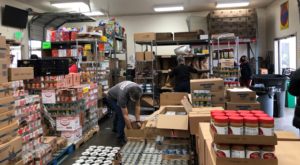
Food banks began in the United States in the late 1960’s and in California in the early 1970’s. Since, hundreds of food banks have been established throughout the U.S. with more than 40 of them right here in California. CAFB was founded in 1995 with a single staff member. Since, CAFB has grown into California’s leading anti-hunger organization.
Food banks are a critical part of the food cycle. Each food bank helps avert millions of pounds of good food that would otherwise be wasted. Some food banks also work with pig farmers and the like to ensure the food that cannot be eaten by people goes to good use.
Food banks in California serve diverse geographical areas, ranging from rural food banks that work with local nonprofit partners to serve remote, isolated communities to large urban food banks with hundreds of nonprofit partners that serve many neighborhoods.
Since the early 2000’s, many food banks have evolved from providing primarily canned goods to now providing vast amounts of fresh produce and proteins.
Many food banks continue to evolve their operations, finding ways to allow clientele to select their food items with farmer’s market style distributions, and ensuring their food is culturally appropriate for the populations they serve.
Food Insecurity is Still a Challenge
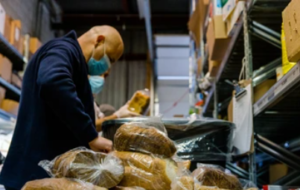
Did you know that California produces nearly half of the nation’s fruits and vegetables, yet 20% of Californians face food insecurity on a daily basis — and this number doesn’t even tell the full story. Because of vast structural inequities, much greater levels of hunger are experienced by Black, Latinx, and Multiracial Californians:
This study digs deeper into the vast inequity of food insecurity and the people it affects.
Support the California Association of Food Banks
Find out more about them: https://www.cafoodbanks.org/what-we-do/
*Photos courtesy of CAFB.
Read additional stories from our blog.


